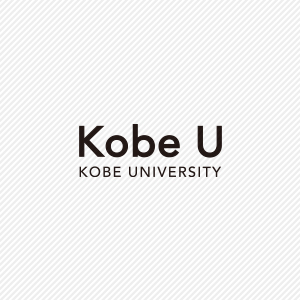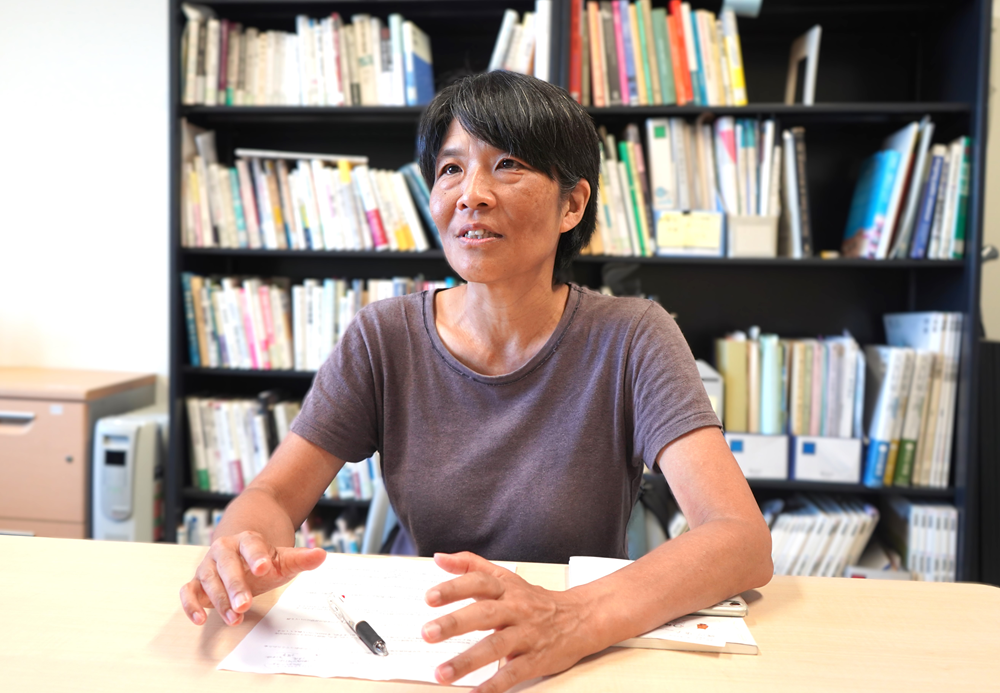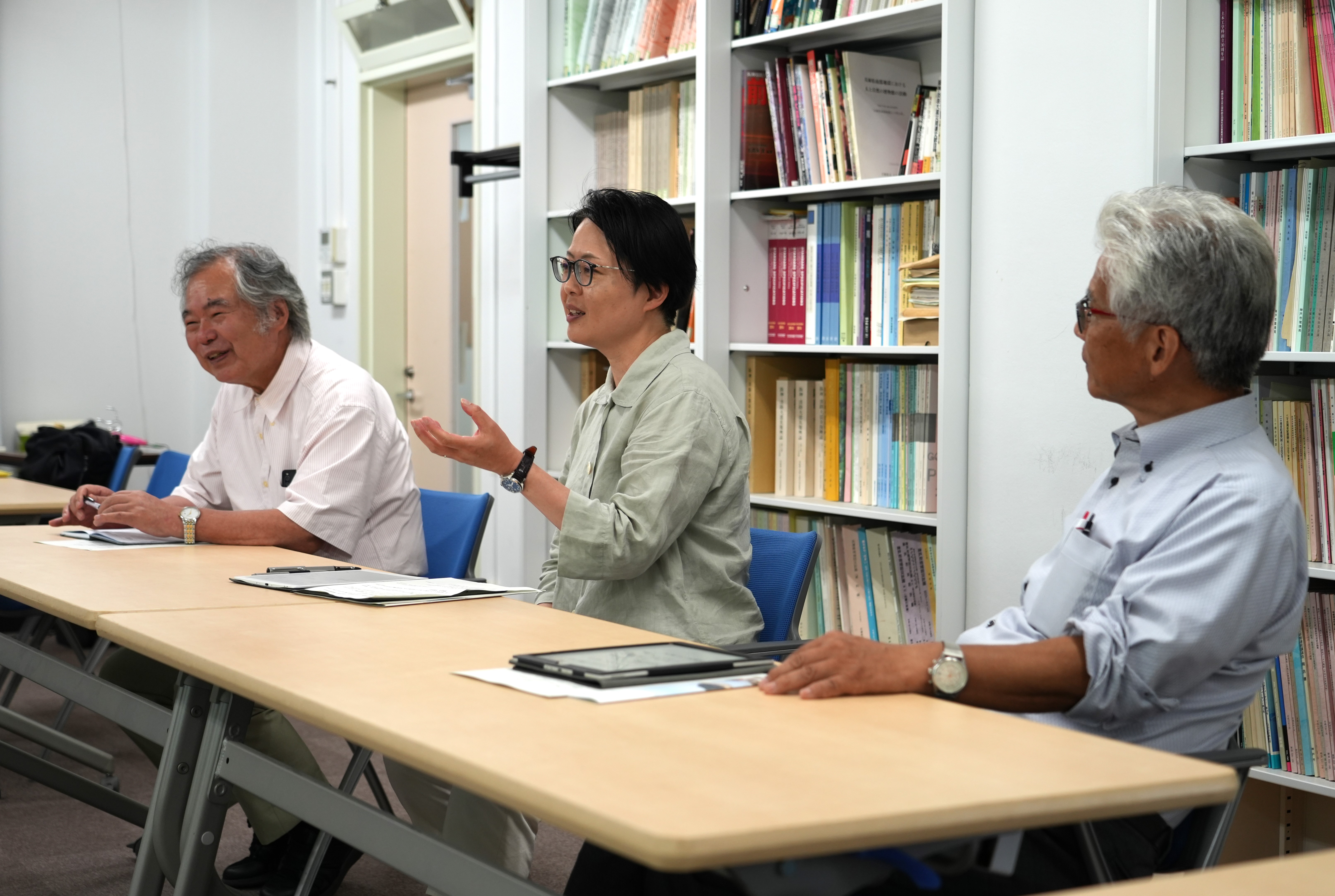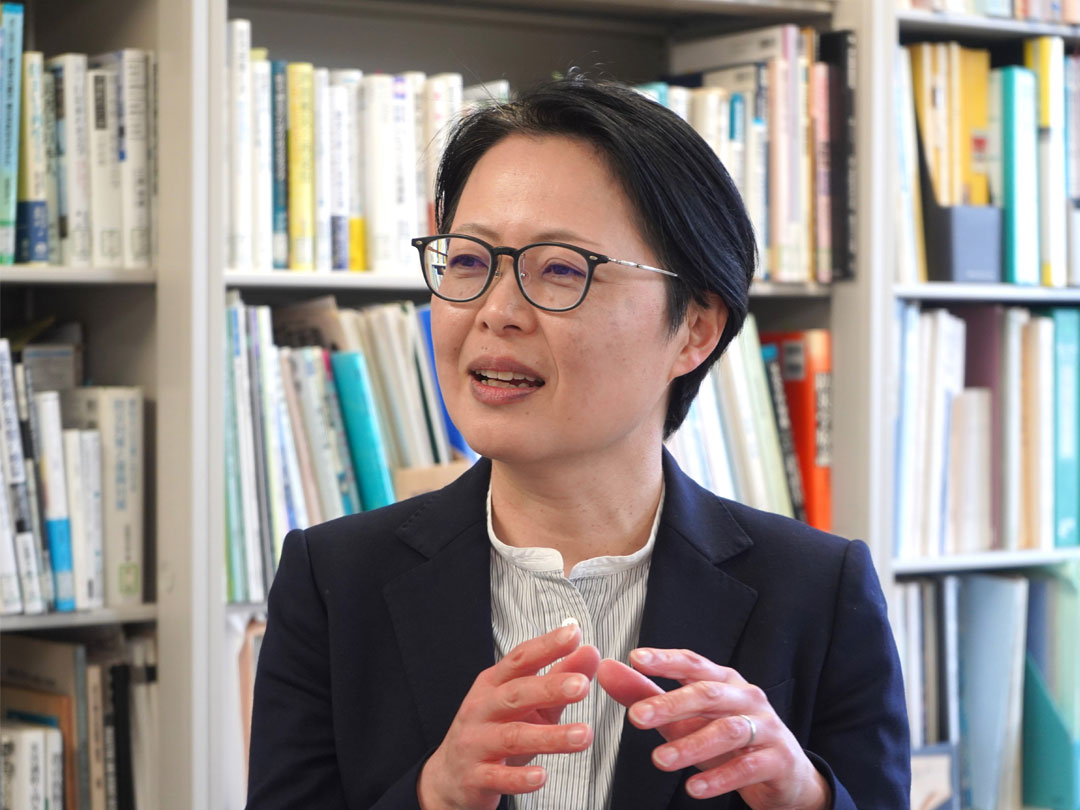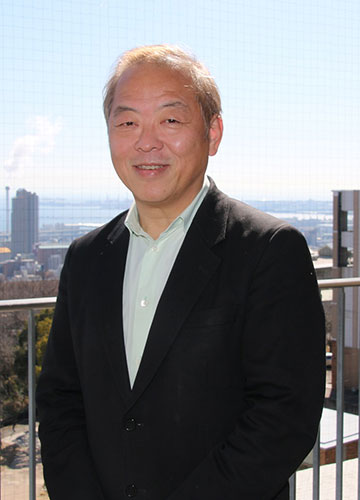
As a university that was directly affected by the 1995 Kobe Earthquake, there are many staff and students at Kobe University who have conducted activities and research to contribute towards disaster prevention and recovery. Before taking up his current position in Kobe University’s Graduate School of Engineering, Professor TSUKIHASHI Osamu was a faculty member of a university in Sendai, Miyagi Prefecture. Immediately after the March 2011 Great East Japan Earthquake (commonly known as the Tohoku Earthquake and Tsunami outside of Japan), Professor Tsukihashi developed a project to bring survivors together and preserve their memories and affections for the region. For these efforts, he was awarded a prize from the Architectural Institute of Japan (AIJ), which is connected to his activities as an architect that emphasize the importance of placemaking. We interviewed Professor Tsukihashi about his activities in the disaster-hit region and his thoughts on being an architect.
Rekindling memories through models: The Lost Homes Project
Ever since the disaster occurred, you have been conducting various ongoing initiatives with students in the areas affected by the Great East Japan Earthquake.
Professor Tsukihashi:
Before coming to Kobe University in 2011, I was a lecturer at the Tohoku Institute of Technology in Sendai. Just before the earthquake occurred, I was working with a company in Kesennuma (Miyagi Prefecture) on the production of sunshades for projectors due to be installed in a shopping street in the Sannomiya area of Kobe, so I strongly felt that "I must do something as someone who travel from Kobe to the disaster-hit region". I thought about what I could do and what I had to do as a teacher of architectural design and as someone involved in architecture and town planning. But first I needed a reason to go to the disaster area with my students.
I was a graduate student at the University of Tokyo at the time of the 1995 Kobe, but I could not come up with a reason to go to the disaster area at the time because I was neither a person directly affected by it nor an expert. I have felt a sense of remorse akin to resignation. However, when the Great East Japan Earthquake occurred, I had a strong sense of being personally affected because I used to live in the disaster-struck region. I continued to hold meetings online with fellow architects from Japan and around the world. I was determined that education and culture should not be put on the back burner, but should be continued, even if in a small way. We also discussed how we could get the students of Kobe University involved. We wondered if we could focus on what the students are good at: making architectural models and listening to local people.
You are talking about The Lost Homes Project, yes?
Professor Tsukihashi:
I was worried about whether or not the people in the affected areas would understand our aims for the project. After seeking input from many people, we decided to first of all make a pure white model of the city of Kesennuma before the disaster. We made this model in Kobe and the students brought it to the affected region. This model attracted a lot of attention when it was placed in a corner of Kesennuma City Hall lobby, and an impromptu workshop was started where people discussed their memories of the town. Local press coverage highlighted the strong need for workshops where local people could trace, color and write their memories on these white models of the town’s buildings. So far, models have been built and workshops have been held in over 60 locations.
Efforts to integrate the project in disaster-hit areas
The Lost Homes Project was awarded the AIJ Prize in 2015. Why do you think it was welcomed by people in the affected areas?
Professor Tsukihashi:
This is because the people in the affected areas want to 'remember'. They gather together to recall their memories of a fulfilling life alongside recollections of the townscapes, landscapes and spaces where they lived. I think that these townscapes and landscapes serve as hooks for recalling memories. When we hold workshops in front of the town models, people start talking about the townscape and their lives before the earthquake while they look at the models. They talk because they want to remember. The survivors living in temporary housing are facing daily difficulties, but workshop, they laugh and are animated. I think these workshops became more than just a way to document the situation; they also provided psychological support and cultural activities for the local residents.
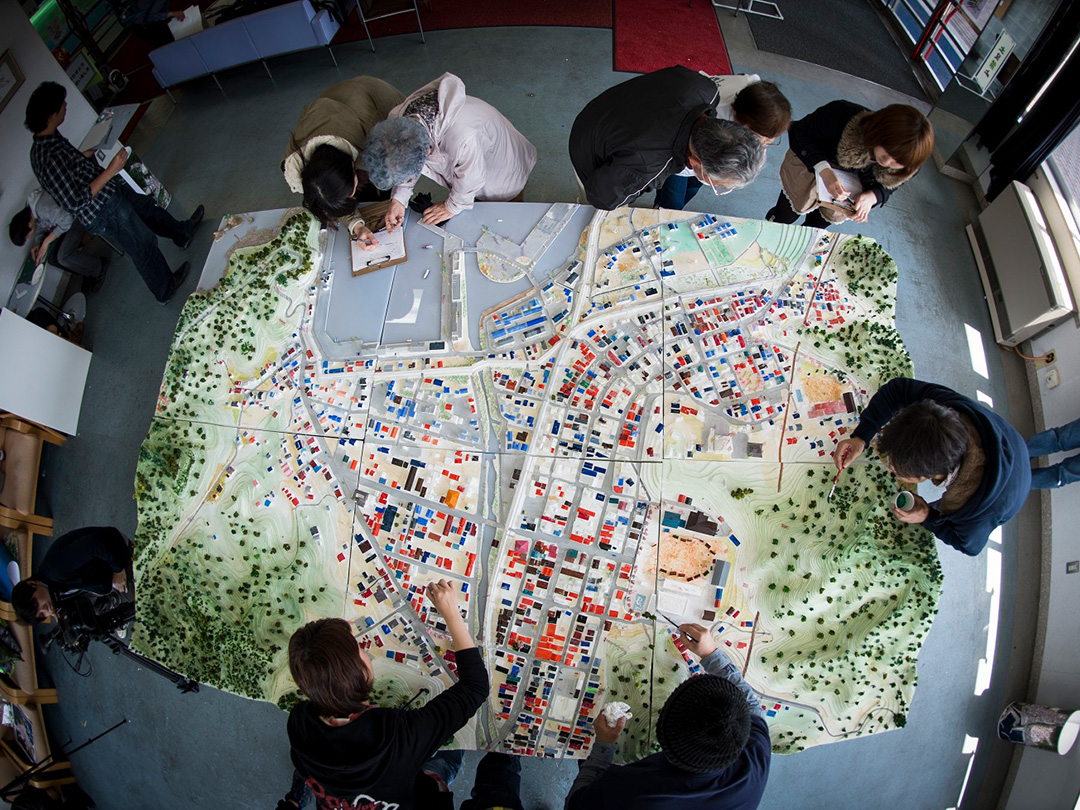
In the Osawa area of Karakuwa Town in Kesennuma City, faculty and students from a number of universities, including Kobe University, provided assistance with the reconstruction and were awarded the Architectural Institute of Japan Award 2021.
Professor Tsukihashi:
This was a project to relocate to the village to higher ground and revitalize the area. 141 of the 186 houses in the Osawa area were affected by the disaster. For 10 years, we helped the people of this area to return to and regenerate their community. Faculty members provided professional advice, while students stayed in the area for long periods of time, getting to know the local people and helping with residents' meetings. In addition to facing various issues involving housing, roads and farmland, the residents were dispersed into temporary housing and accommodations. To keep the residents informed about the reconstruction progress and issues in Osawa, the students published nearly 40 issues of a mini-commentary newspaper called ‘Osawa Reconstruction News’. Thanks in part to their efforts, almost all of the households in the Osawa area that wanted to return immediately after the disaster have been able to return and rebuilt their lives (the return rate was 71%, which is higher than that of other areas).
Working with students to foster a sense of attachment to a place
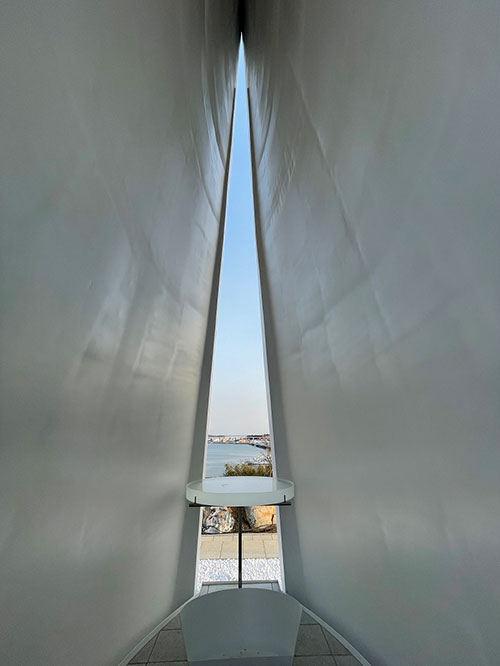
(taken by Professor Tsukihashi Osamu)
You were also in charge of supervising the memorial facilities in Kesennuma City.
Professor Tsukihashi:
I developed a close relationship with Kesennuma through 'The Lost Homes' model restoration project and other projects. After discussions with students and members of the architectural office I lead, we took part in a competition to generate ideas for a memorial and reconstruction memorial park, and our proposal on the theme of 'attachment to a place' won first prize. The memorial is built on high ground in Kesennuma and has nameplates of approximately 1,300 victims of the earthquake arranged in a circle so that the deceased can be memorialized in a position where they are joining hands and facing towards the village where they lived. Memorial ceremonies can be held for all the citizens of Kesennuma and at the same time for the residents of each community. I believe that it is important for the architecture to foster a sense of comfort and attachment to the place, not only for the residents, but also for those who come to Kesennuma as volunteers.
What did it mean to the students and faculty members who participated in these activities in the affected areas?
Professor Tsukihashi:
I think the local people were grateful for what we were working on. Students also realized that what they had learnt at university was actually useful. Through the model making efforts and listening to the local people, our expertise was appreciated by the locals, which made this a rewarding experience for our aspiring architects. My own involvement in the model project and reconstruction assistance confirmed the power of the concept of 'place'. It made me realize once again that how we deal with 'place' is extremely important for those working in architecture and urban development. In front of the model, a thousand people can talk about a thousand different memories. I realized that memory is an important element that breathes life into a town.
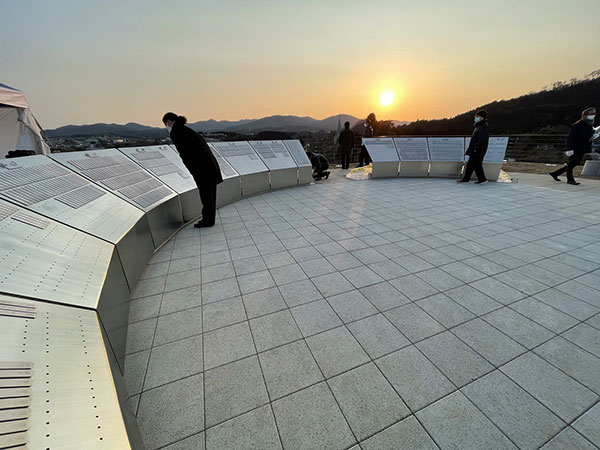
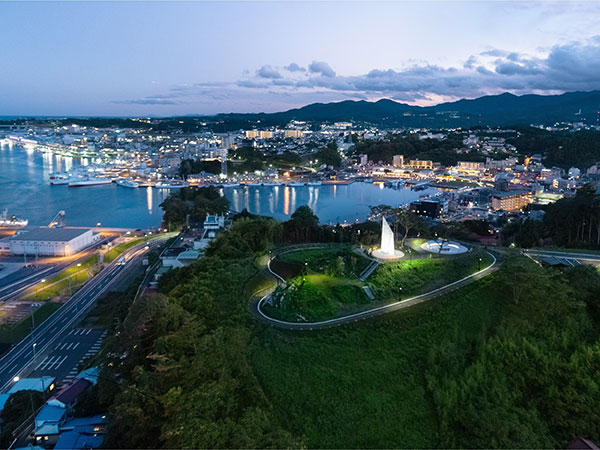
The Importance of ‘Placemaking’
How have you been influenced as a researcher and architect?
Professor Tsukihashi:
I took the Sustainable Living Environment Creation Course (2012-16) funded by the housing developer Sekisui House. I researched the concept of livable cities and how to make towns easier places to live in. Through the course, I studied how Melbourne in Australia, which used to have a high crime rate, was able to become the number one Livable City in the world ranking for seven consecutive years. I discovered that Australia emphasizes ‘placemaking’ and there is even a ‘placemaker’ job title in the government. What we were working on in Tohoku is ‘placemaking’, this sense of creating a place. Consequently, I became even more interested in how architecture can be positioned within ‘placemaking’ and how it can contribute towards achieving this.
This has also yielded results in your Kobe projects.
Professor Tsukihashi:
In 2015, Minatoyama Elementary School in Kobe’s Hyogo Ward closed and the plan was to turn the former site into a community complex. For this, we came up with a design that takes in to consideration what kind of people will use the facility and for what purposes. We called our renovation NATURE STUDIO. The aim was to create a place that reconsiders the relationship between nature, greenery, and people. It has an exterior "frame grid" structure consisting of cubic frames made from 45-centimeter-long square timber sections so that a continuous wall of greenery can be grown from the inside of the building. The project was completed in summer 2022 and received the 4th Kobe City Urban Design Award in February 2023. If the frame grid is partially damaged, it can be replaced by non-specialists. Residents participated in the construction of this green tower and it will become a symbol of the local community. I hope that everyone will get involved in placemaking and develop a sense of attachment to this facility.
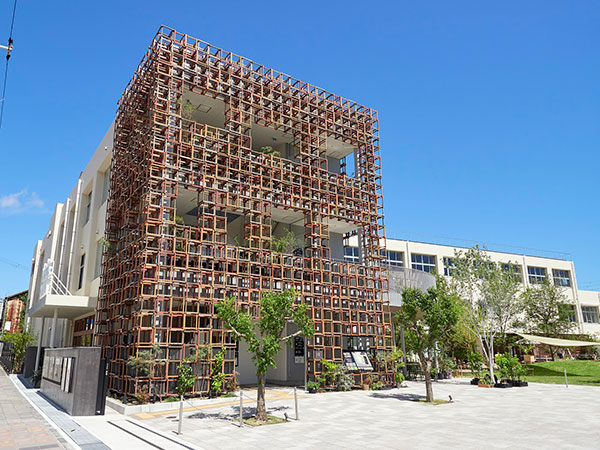
I am also involved in the Urban Picnic project, which operates a café and event space in Higashi Yuenchi in Sannomiya, Kobe. It uses the Park-PFI method, in which public facilities are developed using private-sector funds. Over the last 20 years, citizens have been striving to increase the value of the park in the community; this is ‘placemaking’. Here, too, we intend to foster attachment to the place.
Profile
| 1968 | Born in Takaoka City, Toyama Prefecture |
| 1991 | Graduated from the Department of Architecture, Faculty of Engineering, Kyoto University |
| 1998 | Phd. course in Architecture from the School of Engineering, The University of Tokyo (coursework completed without degree) |
| 1998 | Assistant at the Institute of Industrial Science, The University of Tokyo |
| 2002 | Established the architectural firm ARCHITECTS TEEHOUSE |
| 2003 | Lecturer at the Department of Agriculture, Faculty of Engineering, Tohoku Institute of Technology |
| 2009 | Associate Professor, Department of Architecture, Graduate School of Engineering, Kobe University |
| 2022 | Director of Kobe University’s Center for Resilient Design |
| 2023 | Professor, Department of Architecture, Graduate School of Engineering, Kobe University |

